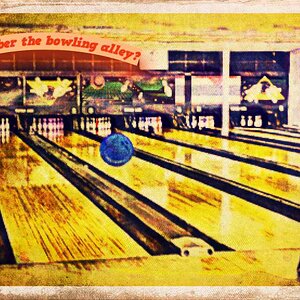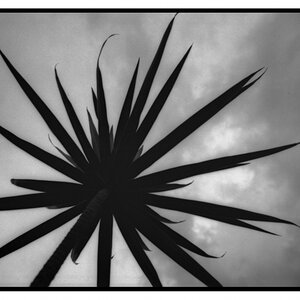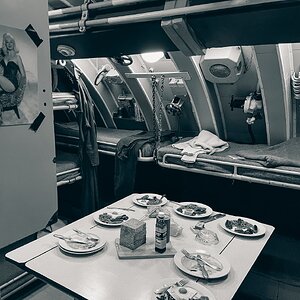- Joined
- May 1, 2008
- Messages
- 25,421
- Reaction score
- 5,000
- Location
- UK - England
- Website
- www.deviantart.com
- Can others edit my Photos
- Photos OK to edit
Yes they do have to reverse design their camera mounts and this can cause problems is the leading brand name makes a change (even a minor one) to hte software side of the lens. Most companies will rechip the lenses however so that they will work with newer bodies - of course this is not always possible if you start getting older 3rd party glass (often through second hand sources as older glass would not be activly made by the company if it were not compatable).
It is a valid considation but honestly as I said rechipping is a quick and simple proces for the company to return the compatability for software changes. A hardware change (eg a mount change) would not be an issue alone for 3rd party as it would also affect own brand lenses as well.
Alone this statement means nothing - you get what you pay for simply means that the shop sends you the product you order More money does not equal a better product in all cases - further not all advantages scale together - there are some optically very good lenses that have poorer construcion and some very well built lenses that have poor optics.
More money does not equal a better product in all cases - further not all advantages scale together - there are some optically very good lenses that have poorer construcion and some very well built lenses that have poor optics.
It is a valid considation but honestly as I said rechipping is a quick and simple proces for the company to return the compatability for software changes. A hardware change (eg a mount change) would not be an issue alone for 3rd party as it would also affect own brand lenses as well.
Yes. You get what you pay for.
Yes, in construction quality and optical quality. You do get what you pay for.
Alone this statement means nothing - you get what you pay for simply means that the shop sends you the product you order





![[No title]](/data/xfmg/thumbnail/31/31738-a077d4eda797b023c93d1824b4f2ddb3.jpg?1619734985)





![[No title]](/data/xfmg/thumbnail/31/31739-79afec4abf40a7270ab73b65a6bbf108.jpg?1619734985)

